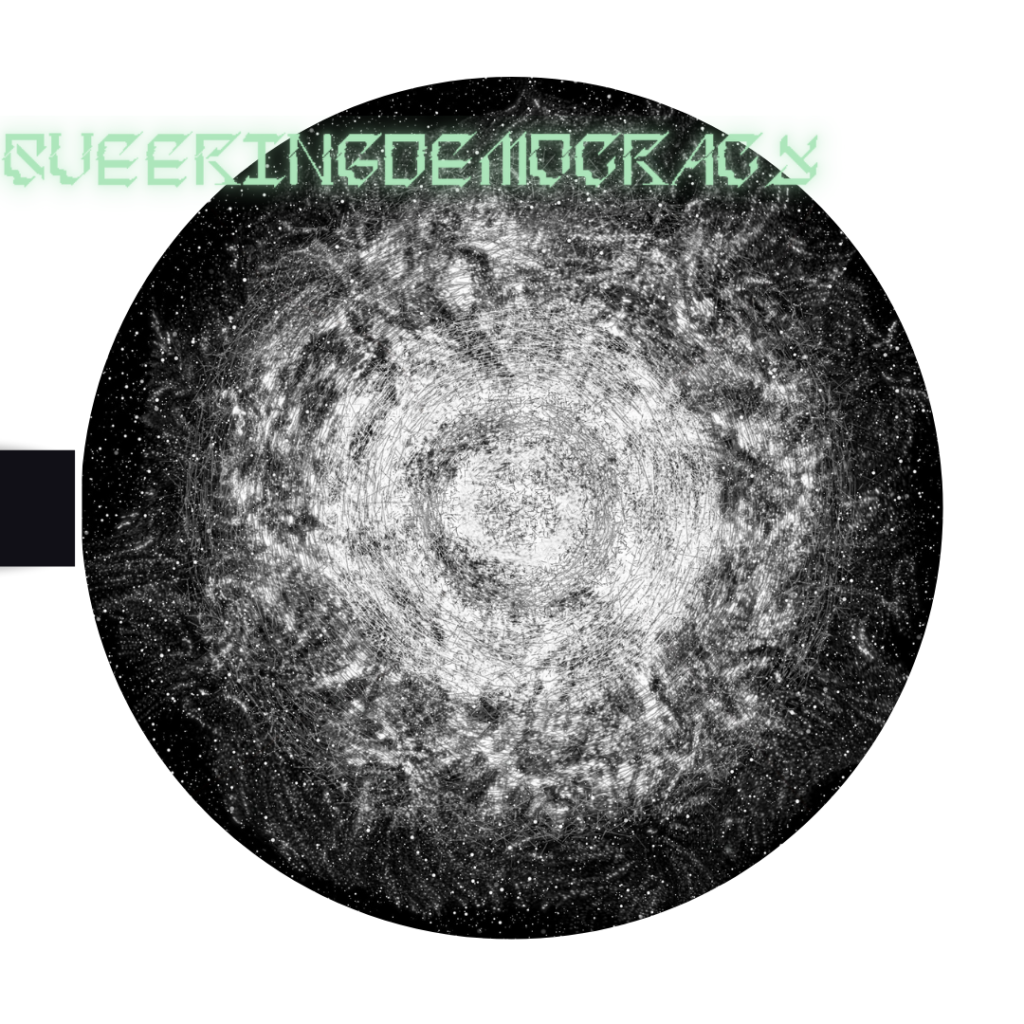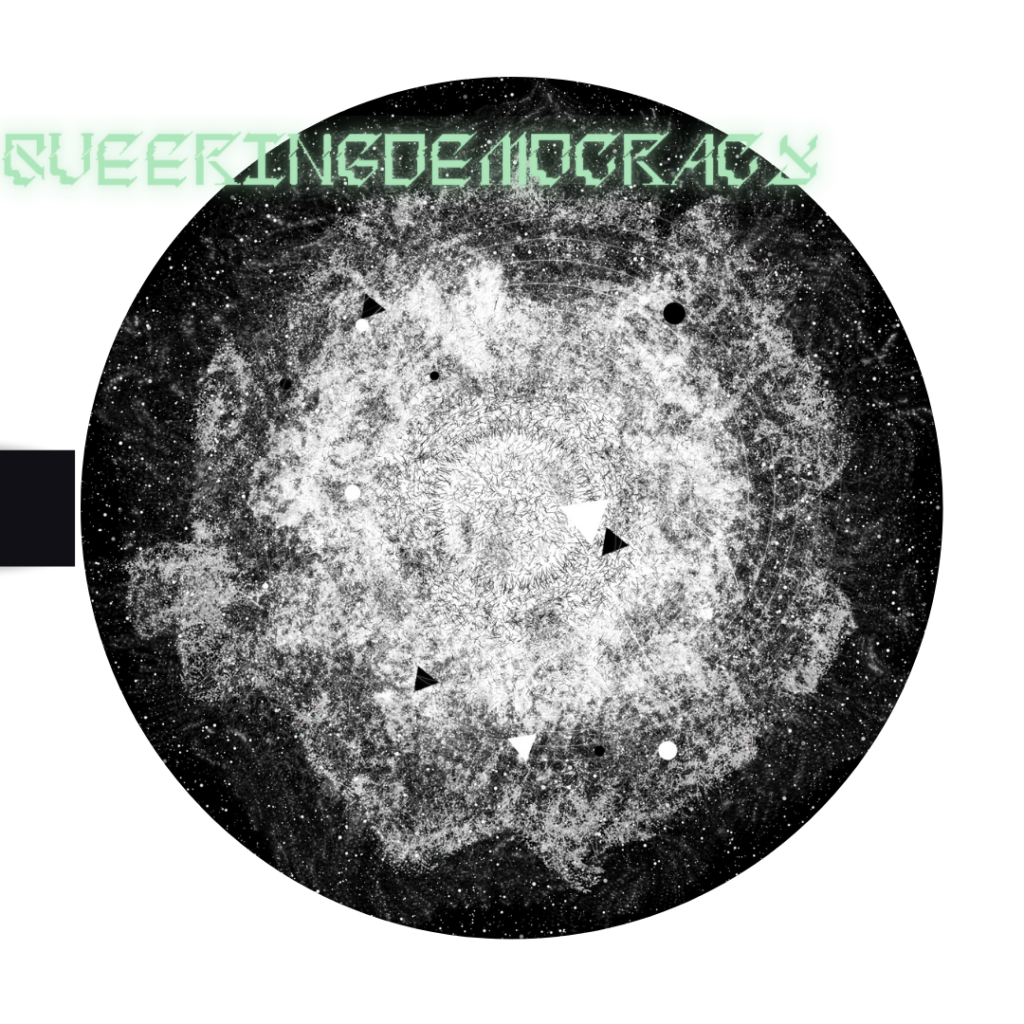SZTOJÁNOVITS ANDREA & ÁLMOS GERGELY


HUN
Sztojánovits Andrea 2001 óta foglalkozik valós idejű audiovizuális installációkkal, a Magyar Képzőművészeti Egyetem Doktori fokozatát 2019-ben szerezte, A vjing mint módszer című disszertációjával. Az alkotói tevékenység mellett az MKE Intermédia szakán egyetemi adjunktus, workshopokat tart, fő oktatási és kutatási területei a vizuális zenei művészeti irányzatok, valamint a hangra készített kép analízise.
Gergely Álmos építész, az Európai Építészeti Díj nyertese, de neve a zene területén is ismerősen csenghet. Zeneszerzőként és producerként a berlini Sonar Kollektiv kiadótól érkezve egy nemzetközileg ismert zenei projekt, a mïus megalkotója. A zeneszerzés mellett a budapesti Théque Records zenei kiadó művészeti vezetője és alapítója.
ENG
Andrea Sztovánovits has been working on real-time audiovisual installations since 2001, she got her Doctorate Degree in 2019 at the Hungarian University of Fine Arts with her dissertation ‘VJing as a method’. Besides her creative work, she is a lecturer at the Intermedia department of the Hungarian University of Fine Arts. Her main educational and research fields are visual-musical trends and the analysis of sound-based images.
Gergely Álmos is an architect who won the European Prize for Architecture, but his name might sound familiar on the field of music as well. As music composer and producer, coming from the Sonar Kollektiv label in Berlin, he is the creator of an internationally known music project, mïus. Besides composing, he is the art director and founder of the Budapest-based music label Théque Records.
FÉSZEK 2.0
- 2021
- 2:37
- audiovisual video artwork
HUN
Animáció: SZTOJÁNOVITS Andrea
Zene: ÁLMOS Gergely
Külön köszönet: SZENDEFF Dániel
A szakralitás és a tudományos világkép találkozik az ősi népi bölcselettel, betekintést nyújtva a teremtés és az élet szent misztériumába. A FÉSZEK az élet teljességének és komplexitásának szimbólumaként, annak kezdeti és kiterjedt formájában tárul elénk.
Az emberi szimbolikában a fészek egy befogadó, biztonságot adó tér, ahol szeretetet és táplálékot kapunk, akárcsak az anyaméhben. A keresztény szimbolikában kapcsolódik a Paradicsomhoz, mint a Pelikán (Krisztus) fészke, a buddhizmusban a nirvanát jelképezi, a főnixmadár révén pedig a feltámadáshoz, újjászületéshez kötődik.
Asszociációnk a fészektől egy atom felnagyított képén át egy galaxisig, netán kiterjedt világunk teljességéig, az univerzum határáig repíthet. Ezen a nyomvonalon tudatunk mélyén felderenghet az ősi igazság. Ami kint, az valójában bent van. Minden parányi részben ott a nagy egész, mint a csepp a tengerben. Akár egy hologramban.
ENG
Animation: Andrea SZTOJÁNOVITS
Music: Gergely ÁLMOS
Special thanks to SZENDEFF Dániel
The sacrality and scientific understanding of the world meet ancient folk wisdom, offering insight into the sacred mystery of creation and life. NEST in its initial and extended form is presented as a symbol of the fullness and complexity of life.
In human symbolism, nest is a welcoming, safe space where we receive love and nourishment, just as in the womb. In Christian symbolism, it is linked to Paradise as the nest of the Pelican (Christ), in Buddhism it represents nirvana, and the phoenix links it to resurrection and rebirth.
Our association can take us from the nest to the magnified image of an atom to a galaxy, or maybe to the totality of our vast world, to the boundaries of the universe. Along this trail, deep in our consciousness, an ancient truth may be revealed. What is outside is really inside. In every tiny part there is the whole, like a drop in the ocean. Like a hologram.